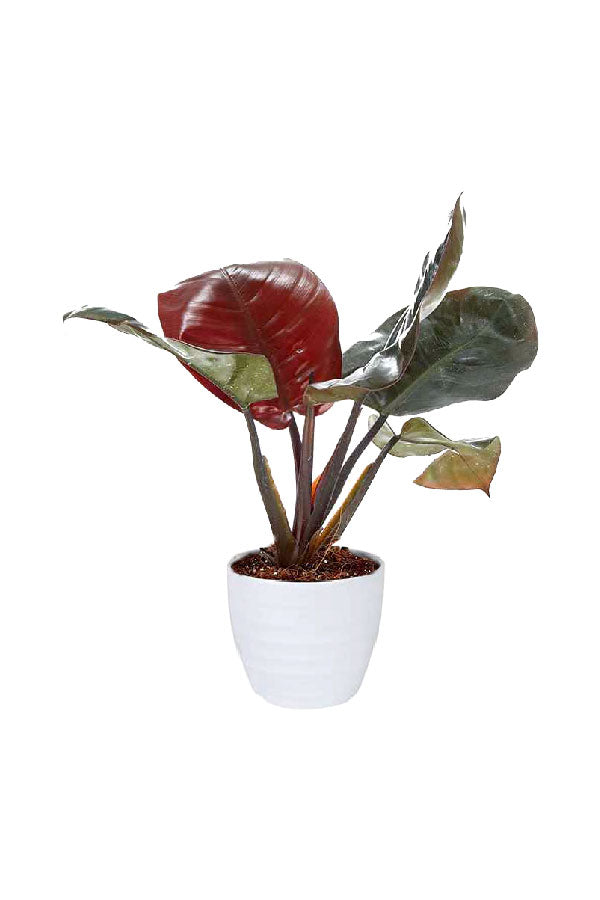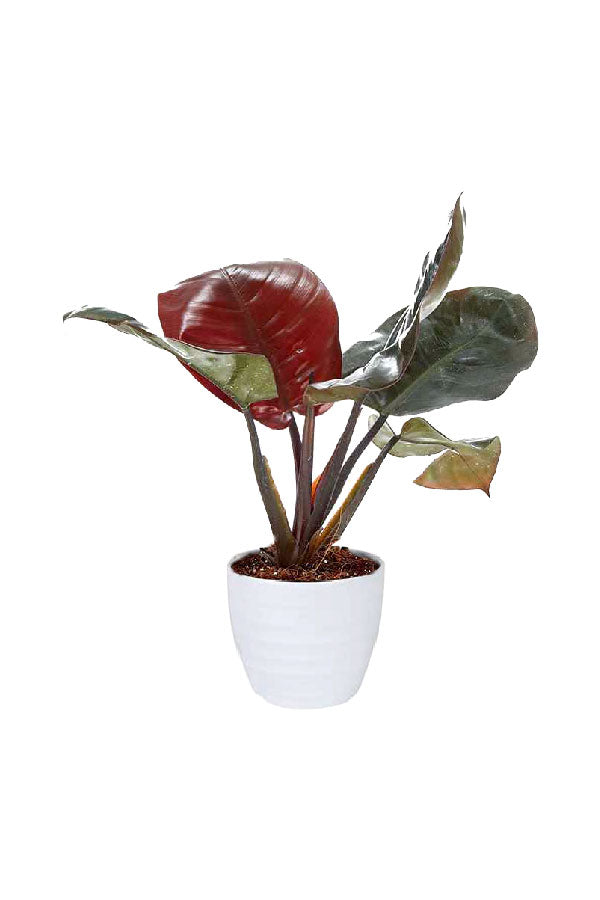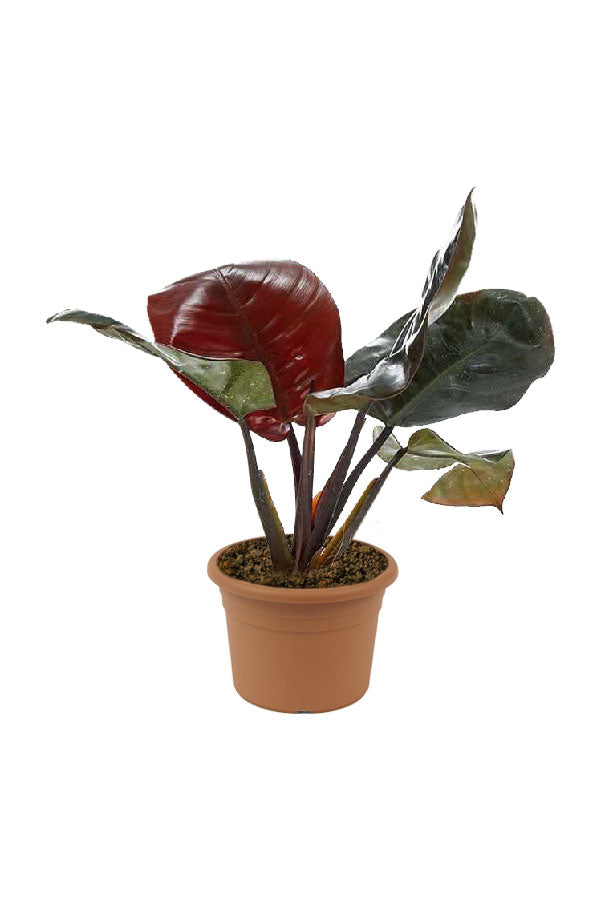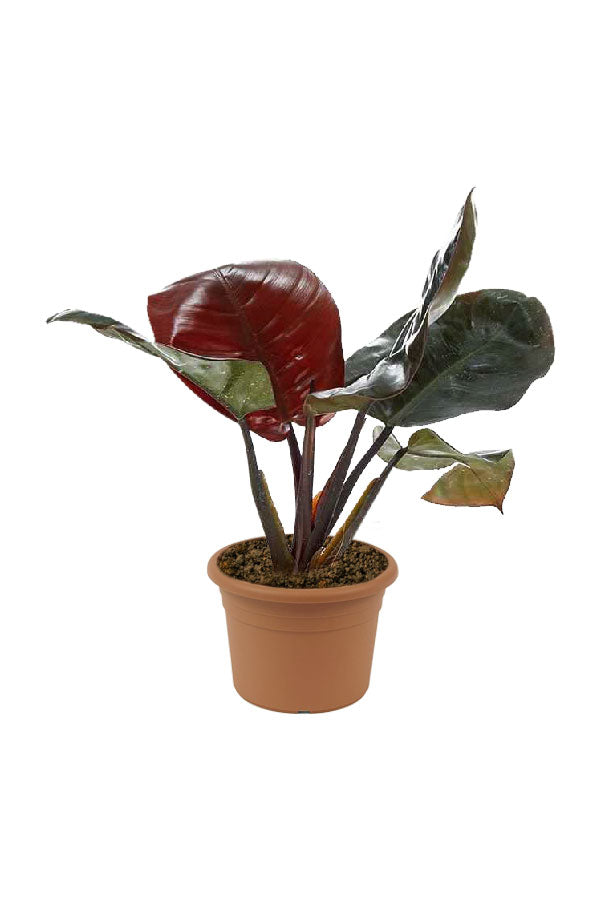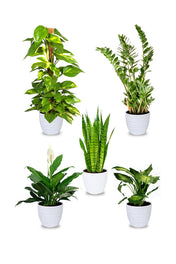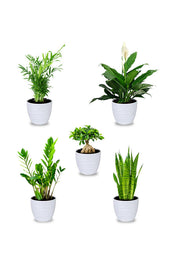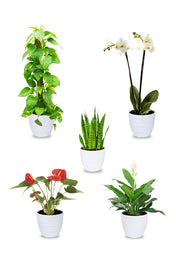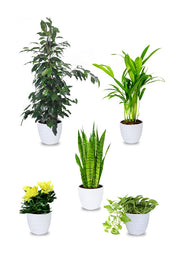Philodendron Black Congo – Bold Dark Leaf Indoor Foliage Plant
Philodendron Black Congo – Bold Dark Leaf Indoor Foliage Plant - 30-35 CM / Nursery is backordered and will ship as soon as it is back in stock.
Subscribe to our newsletter
Get the latest updates on all our new collections, sales, offers and product arrival dates.
Payment & Security
Payment methods
Your payment information is processed securely. We do not store credit card details nor have access to your credit card information.

